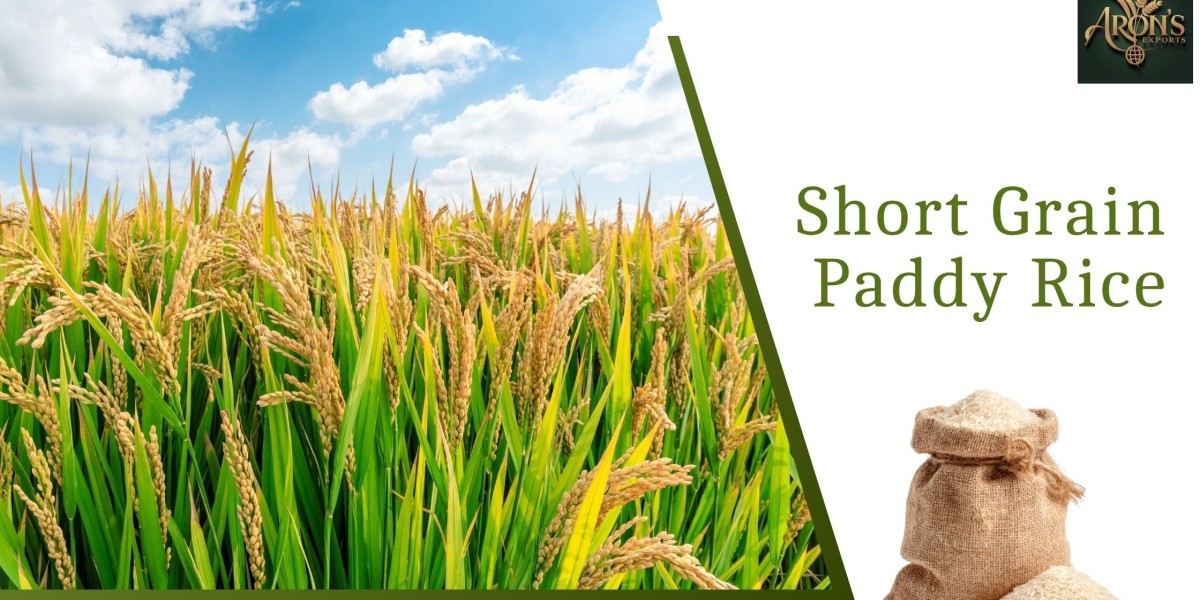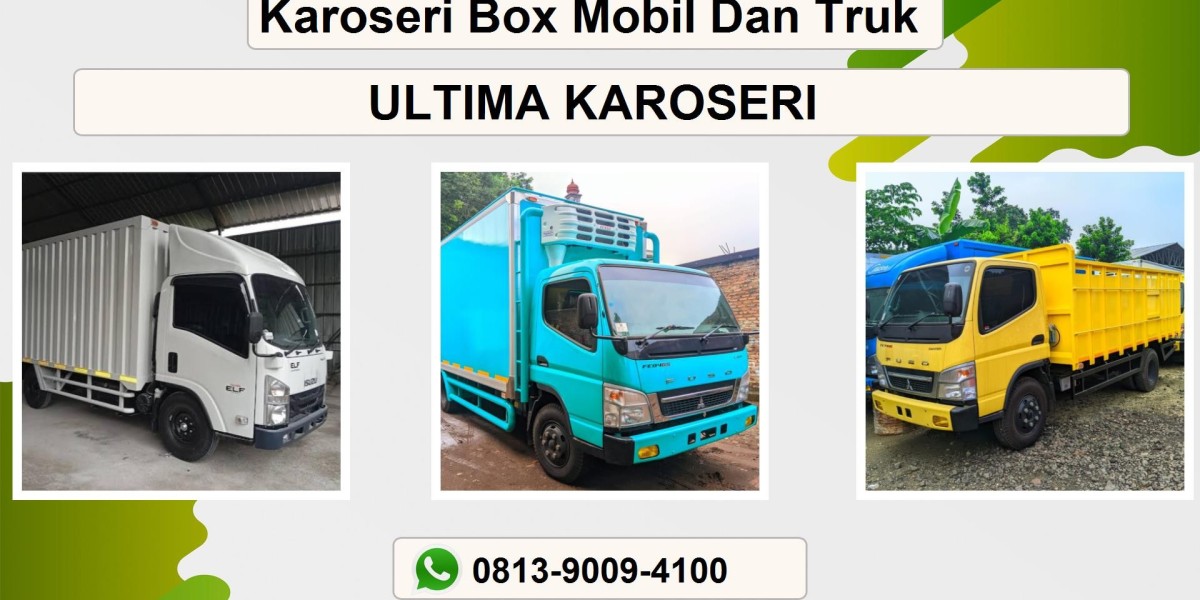As the global population continues to rise, the demand for rice — a staple food for over half the world’s people — is growing rapidly. Among the many varieties, Short Grain Paddy Rice holds a special place due to its sticky texture, rich flavor, and versatility in cuisines like sushi, risotto, and rice pudding. However, meeting this rising demand sustainably has become one of the most pressing challenges in modern agriculture.
At Aron, we believe that sustainability is not just a trend but a necessity. Sustainable farming practices ensure that rice is grown efficiently while protecting natural resources for future generations. Interestingly, the methods used for Short Grain Paddy Rice differ from those used for long grain varieties due to unique climatic, soil, and water requirements.
In this article, we’ll explore five key differences in sustainable farming practices that define how Short Grain Paddy Rice is produced responsibly, efficiently, and with care for the environment.
1. Water Management: Balancing Flooding and Efficiency
Water management is one of the most significant differences in the sustainable cultivation of Short Grain Paddy Rice. Traditionally, this variety is grown in cooler, wetter regions and requires higher water levels than long grain rice. However, constant flooding is neither environmentally nor economically sustainable.
Sustainable rice farmers now use innovative irrigation techniques such as Alternate Wetting and Drying (AWD) and controlled irrigation systems. These methods allow fields to dry intermittently between watering cycles, significantly reducing water consumption by up to 30%. Moreover, this approach also lowers methane emissions — one of the major greenhouse gases produced by flooded rice fields.
At Aron, we provide advanced sensor-based irrigation systems that monitor soil moisture and water levels in real time. This technology helps farmers supply only the necessary amount of water, conserving resources while maintaining optimal growing conditions for Short Grain Paddy Rice.
2. Soil Health and Nutrient Management
Sustainable Short Grain Paddy Rice production depends heavily on maintaining soil fertility and minimizing chemical dependency. The challenge lies in replenishing nutrients without degrading the soil or polluting nearby ecosystems.
Instead of relying solely on synthetic fertilizers, sustainable farmers now use organic compost, green manure, and biofertilizers that enrich soil organically. These inputs improve soil structure, increase microbial activity, and enhance nutrient absorption.
Crop rotation and intercropping — growing rice alternately with legumes or other crops — further help restore soil nitrogen levels naturally. This not only boosts soil health but also reduces dependency on expensive chemical fertilizers.
At Aron, we encourage the adoption of precision nutrient management systems that use data analytics and satellite imaging to assess soil nutrient content accurately. Farmers can then apply fertilizers more efficiently, minimizing waste and environmental runoff.
3. Pest and Disease Control: Eco-Friendly Protection
Short Grain Paddy Rice is particularly vulnerable to pests and diseases due to its dense planting structure and high humidity environment. Conventional methods rely heavily on pesticides, but excessive chemical use can lead to resistance, soil toxicity, and water contamination.
Sustainable farming takes a more balanced approach through Integrated Pest Management (IPM). This strategy combines biological controls (such as introducing pest-eating insects or natural predators) with mechanical and cultural methods, like crop rotation or water level adjustments, to reduce pest populations naturally.
Farmers are also turning to biopesticides, which are derived from natural substances like bacteria, fungi, or plant extracts. These alternatives are effective yet eco-friendly, helping maintain biodiversity in the paddy field ecosystem.
At Aron, we support farmers by offering access to innovative pest management solutions that balance productivity with environmental safety. Our goal is to make Short Grain Paddy Rice production both sustainable and profitable without compromising ecological integrity.
4. Seed Selection and Climate Adaptation
Sustainability begins at the seed. Choosing the right seed variety can determine how resilient a rice crop will be against changing weather patterns, pests, and diseases.
Farmers producing Short Grain Paddy Rice in cooler climates often face challenges like unexpected droughts or floods. To combat these, agricultural researchers — including those supported by Aron — are developing climate-resilient rice varieties that can withstand temperature fluctuations, water stress, and disease outbreaks.
These advanced varieties not only maintain high yield potential but also require fewer chemical inputs, reducing environmental impact. Furthermore, using certified, high-quality seeds helps ensure uniform growth, better germination rates, and increased productivity.
Aron’s commitment to sustainability includes promoting these resilient seed varieties and helping farmers adopt innovative growing practices suited to their local environmental conditions.
5. Post-Harvest Management and Resource Recycling
Sustainability doesn’t end at harvest — it continues throughout the post-harvest process. Traditional rice production often generates waste in the form of rice husks, straw, and water residue. However, modern sustainable farming treats these as valuable resources rather than byproducts.
For instance, rice husks can be converted into biochar, a natural soil conditioner that improves fertility and carbon sequestration. Rice straw can be repurposed for animal feed, compost, or even used to produce renewable bioenergy.
Moreover, adopting low-emission drying and milling technologies reduces carbon footprints while preserving grain quality. At Aron, we help producers implement eco-efficient post-harvest solutions that maximize resource use and minimize waste.
By reusing and recycling agricultural byproducts, farmers can create a circular farming system — one that’s economically viable, environmentally responsible, and socially beneficial.
Conclusion: The Future of Short Grain Paddy Rice Is Sustainable
The journey toward sustainability in Short Grain Paddy Rice production is both necessary and achievable. From smarter irrigation and nutrient management to eco-friendly pest control and resource recycling, each step contributes to a healthier planet and a more resilient agricultural future.
At Aron, we are dedicated to empowering farmers with the tools, technology, and training needed to make sustainability a reality. By embracing these innovative practices, producers not only protect their land and livelihoods but also ensure that the world continues to enjoy the rich, flavorful qualities of Short Grain Paddy Rice for generations to come.
Sustainability is more than a farming method — it’s a promise to the future. And at Aron, we’re proud to help farmers keep that promise, one grain at a time.





